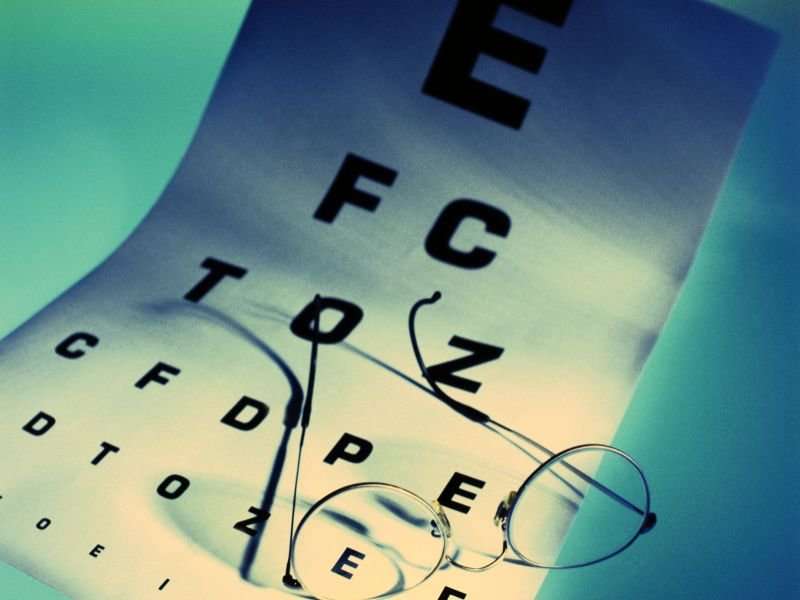(HealthDay)—Combination therapy consisting of ranibizumab plus verteporfin photodynamic therapy (vPDT) is superior to ranibizumab monotherapy for treatment of eyes with polypoidal choroidal vasculopathy (PCV), according to a study published online Oct. 5 in JAMA Ophthalmology.
Adrian Koh, M.D. from Eye and Retina Surgeons in Singapore, and colleagues randomized 322 Asian patients with symptomatic macular PCV to 0.5 mg ranibizumab and vPDT (n = 168; combination therapy group) or 0.5 mg ranibizumab and sham PDT (n = 154; monotherapy group). Ranibizumab injections were given for three consecutive months, followed by a pro re nata regimen. Participants also received vPDT or sham vPDT on the first day of the trial, followed by a pro re nata regimen based on the presence of active polyps.
The researchers found that at baseline, the overall mean best-corrected visual acuity and mean central subfield thickness were 61.1 letters and 413.3 μm, respectively. Mean improvement at 12 months was 8.3 letters with combination therapy compared with 5.1 letters with monotherapy, demonstrating that combination therapy met the predefined criterion for noninferiority as well as being superior to monotherapy. In terms of complete polyp regression at month 12, combination therapy was also superior to monotherapy. The only serious adverse ocular event was vitreous hemorrhage (combination therapy group, one case; monotherapy group, three cases).
"After 12 months, combination therapy of ranibizumab plus vPDT was not only noninferior but also superior to ranibizumab monotherapy in best-corrected visual acuity and superior in complete polyp regression while requiring fewer injections. Combination therapy should be considered for eyes with PCV," conclude the authors.
Several authors disclosed financial ties to the pharmaceutical industry, including Novartis Pharma AG, which funded and managed the study.
More information: Abstract/Full Text
Journal information: JAMA Ophthalmology
Copyright © 2017 HealthDay. All rights reserved.























